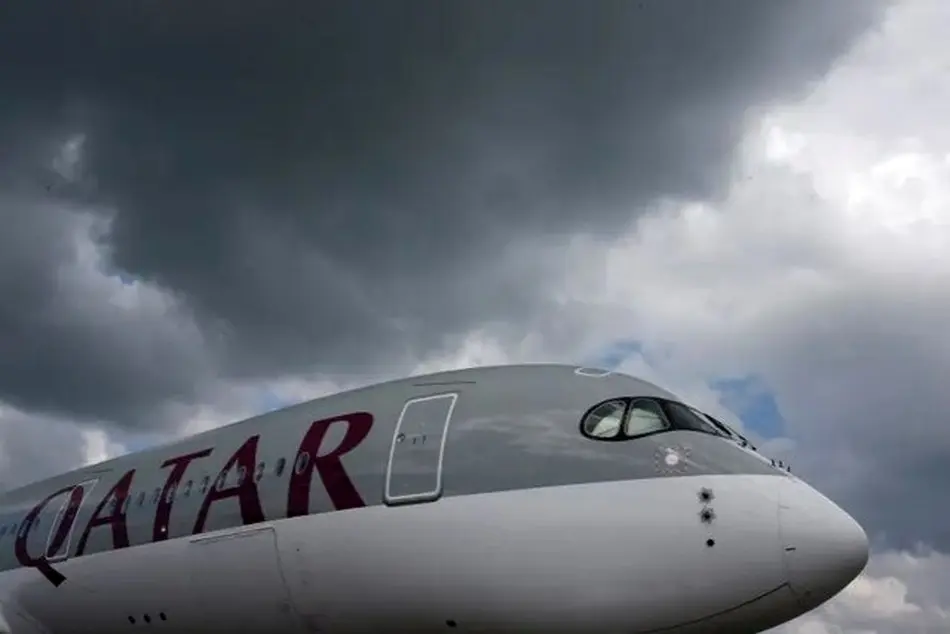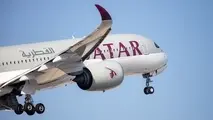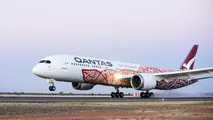Flight Friday: Middle East Narrowbody Fleet Up 30% Since 2019
With Aviation Week’s MRO Middle East event coming up in Dubai, this week’s Flight Friday looks at the last two years of flights for Middle Eastern operators by aircraft class, comparing it to equivalent-month 2019 levels.

With Aviation Week’s MRO Middle East event coming up in Dubai, this week’s Flight Friday looks at the last two years of flights for Middle Eastern operators by aircraft class, comparing it to equivalent-month 2019 levels.
The Middle Eastern fleet features a large percentage of widebody aircraft, with Gulf carriers basing their operating model on connecting the globe through one of their hubs. However, widebody utilization is only just back at equivalent 2019 flights.
The Middle East widebody fleet is a little smaller at the end of 2024 compared to the end of 2019. There are 16 fewer Airbus A380s, 15 fewer Boeing 777s and a handful fewer A330s as operators removed legacy aircraft from fleets to adapt to the change in demand. However, some parts of the widebody fleet have grown with an additional 15 A350s and over 20 787s, but not enough to compensate for the other fleet changes.
Middle Eastern operators still have plenty of widebody aircraft on order. The yet-to-be-certified 777-9 looks set to become a major player in the region, with almost 250 aircraft on the orderbooks for operators there.
The narrowbody class in the Middle East has seen significant change since 2019. There are almost 200 extra aircraft in the fleet, representing a growth of almost 30%. Correspondingly, utilization growth is in line with this fleet growth, showing little signs of slowing down.
Airbus’ Neo fleet and Boeing’s MAX fleet have grown by almost 150 and 90 aircraft, respectively, which also helps the efficiency of the aircraft in fleet, as the Neo and MAX are around 20% “greener” than their legacy equivalents. With an outstanding orderbook that includes 500 Neos and 150 MAX aircraft, the Middle East narrowbody sector looks like it will continue to thrive.
The regional class is a very small sector in the Middle East, but like the rest of the world, the utilization is a little off 2019 levels. With a low installed base fleet, these numbers could easily be changed, but with only a handful of Embraer E2s on order, the overall numbers will not change significantly over the coming years.
This data was put together using Aviation Week’s Tracked Aircraft Utilization tool.



